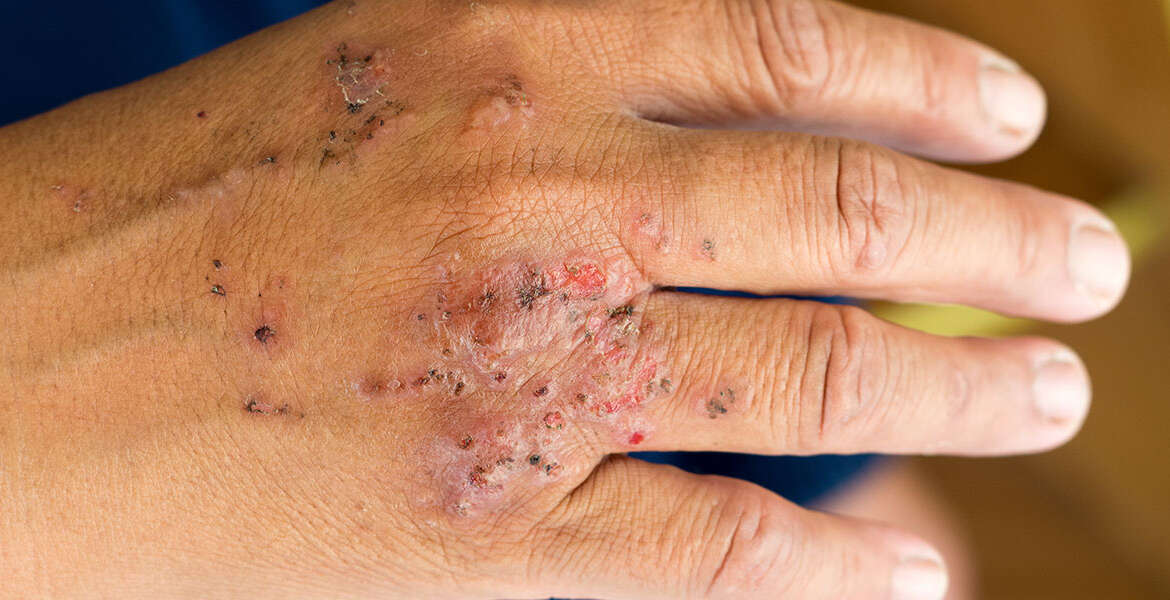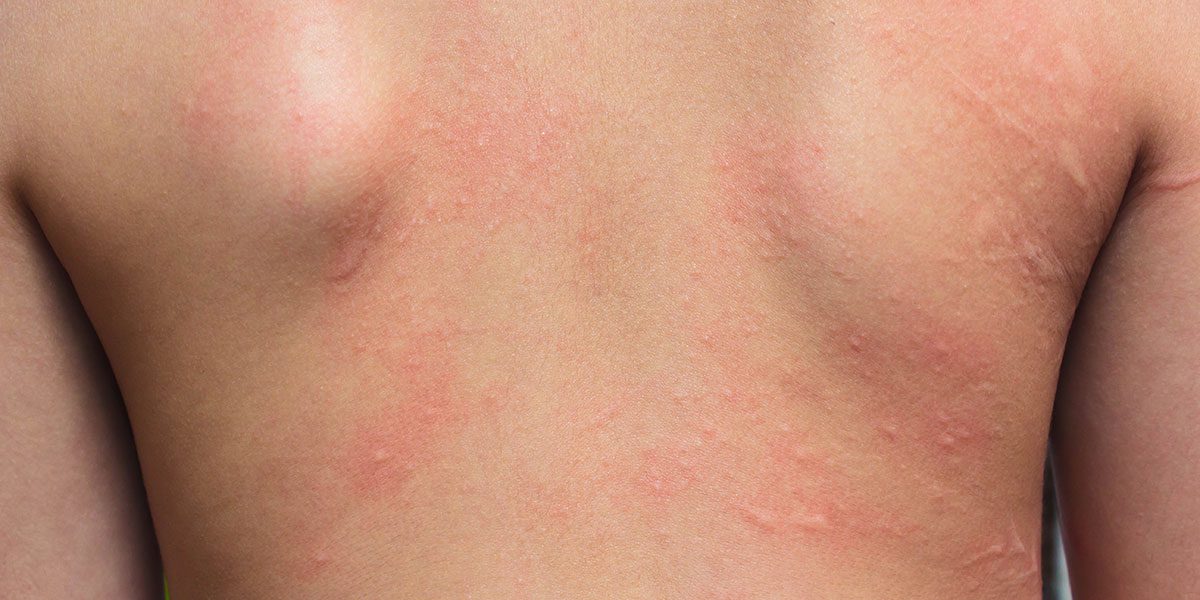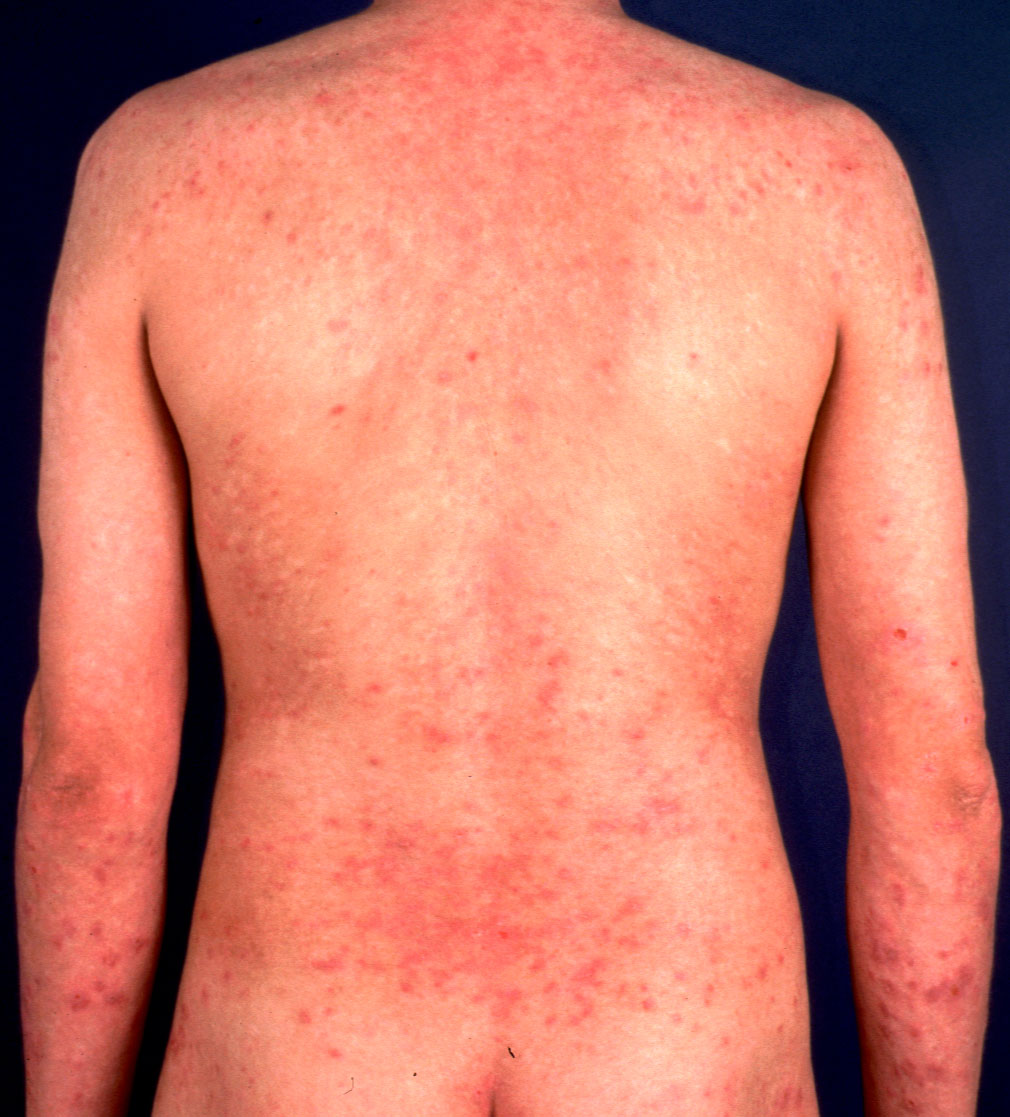what is allergic dermatitis Allergic contact dermatitis treatment
Contact dermatitis is a common skin condition that many people experience at some point in their lives. It is characterized by an itchy, red rash that develops after coming into contact with certain substances. This condition can be caused by a wide range of irritants and allergens, and it can affect anyone, regardless of age or gender. One of the most common causes of contact dermatitis is exposure to certain chemicals and substances found in everyday products. These can include soaps, detergents, cosmetics, and even some fabrics. Some individuals may have a sensitivity or allergy to these substances, leading to an allergic reaction on their skin. Another common cause of contact dermatitis is exposure to certain plants. Poison ivy, poison oak, and poison sumac are well-known triggers for contact dermatitis. These plants contain a substance called urushiol, which can cause a severe rash in susceptible individuals. It is important to avoid direct contact with these plants to prevent an allergic reaction. In addition to chemicals and plants, contact dermatitis can also be triggered by metals such as nickel and cobalt. These metals are commonly found in jewelry, clothing fasteners, and even some electronic devices. People who are allergic to these metals may develop a rash when their skin comes into contact with them. The symptoms of contact dermatitis can vary depending on the individual and the severity of the reaction. In mild cases, the rash may be red, itchy, and slightly swollen. In more severe cases, the rash may become blistered and ooze fluid. It is important to avoid scratching the affected area, as this can lead to further irritation and potential infection. If you suspect that you have contact dermatitis, it is important to seek medical attention. A dermatologist can evaluate your symptoms, perform any necessary tests, and recommend appropriate treatment options. Treatment for contact dermatitis may include topical corticosteroids to reduce inflammation, antihistamines to relieve itching, and moisturizers to soothe the skin. Preventing contact dermatitis involves identifying and avoiding the triggers that cause your symptoms. This may require some detective work, as the offending substance may not always be obvious. Keeping a journal of your symptoms and potential triggers can be helpful in determining the cause of your contact dermatitis. In conclusion, contact dermatitis is a common skin condition that is caused by exposure to certain substances. It can be uncomfortable and irritating, but with the right treatment and prevention strategies, it can be managed effectively. If you suspect that you have contact dermatitis, don’t hesitate to seek medical attention. A dermatologist can help identify the cause of your symptoms and recommend the appropriate treatment plan. Take steps to protect your skin and avoid potential triggers to keep your skin healthy and rash-free. Sources: - Verywell Health. “Common Causes of Contact Dermatitis.” Retrieved from: https://www.verywellhealth.com/common-causes-of-contact-dermatitis-4175254 - Advanced Dermatology of the Midlands. “Allergic Contact Dermatitis I Advanced Dermatology of the Midlands.” Retrieved from: https://www.midlandsderm.com/wp-content/uploads/2020/11/Allergic-Contact-Dermatitis-1170x600.jpg
Image: Common Causes of Contact Dermatitis
/GettyImages-488049207-5adf8c1da474be00366af8d9.jpg) One of the most common causes of contact dermatitis is exposure to certain chemicals and substances found in everyday products. These can include soaps, detergents, cosmetics, and even some fabrics. Some individuals may have a sensitivity or allergy to these substances, leading to an allergic reaction on their skin.
One of the most common causes of contact dermatitis is exposure to certain chemicals and substances found in everyday products. These can include soaps, detergents, cosmetics, and even some fabrics. Some individuals may have a sensitivity or allergy to these substances, leading to an allergic reaction on their skin.
Image: Allergic Contact Dermatitis
 Allergic contact dermatitis is a specific type of contact dermatitis that occurs when the skin comes into contact with an allergen. This can include substances such as fragrances, metals like nickel or cobalt, and even certain medications. Individuals who are allergic to these substances may experience an itchy, red rash that can be quite uncomfortable.
Allergic contact dermatitis is a specific type of contact dermatitis that occurs when the skin comes into contact with an allergen. This can include substances such as fragrances, metals like nickel or cobalt, and even certain medications. Individuals who are allergic to these substances may experience an itchy, red rash that can be quite uncomfortable.
It is important to note that contact dermatitis is not contagious, meaning it cannot be spread from person to person. However, it can be a recurring condition, and individuals who have had contact dermatitis in the past may be more prone to future flare-ups.
Prevention and Treatment
Preventing contact dermatitis involves identifying and avoiding the triggers that cause your symptoms. This may require some detective work, as the offending substance may not always be obvious. Keeping a journal of your symptoms and potential triggers can be helpful in determining the cause of your contact dermatitis.
In addition to avoidance, there are various treatment options available for managing contact dermatitis. These can include over-the-counter creams and ointments, as well as prescribed medications like corticosteroids. It is important to work with a dermatologist or healthcare professional to determine the best course of treatment for your specific case.
If you suspect that you have contact dermatitis, it is important to seek medical attention. A dermatologist can evaluate your symptoms, perform any necessary tests, and recommend appropriate treatment options. Treatment for contact dermatitis may include topical corticosteroids to reduce inflammation, antihistamines to relieve itching, and moisturizers to soothe the skin.
In conclusion, contact dermatitis is a common skin condition that is caused by exposure to certain substances. It can be uncomfortable and irritating, but with the right treatment and prevention strategies, it can be managed effectively. If you suspect that you have contact dermatitis, don’t hesitate to seek medical attention. A dermatologist can help identify the cause of your symptoms and recommend the appropriate treatment plan. Take steps to protect your skin and avoid potential triggers to keep your skin healthy and rash-free.
If you are looking for All There is to Know About Allergic Contact Dermatitis - SpanishEssays.org you’ve visit to the right page. We have 5 Pics about All There is to Know About Allergic Contact Dermatitis - SpanishEssays.org like All There is to Know About Allergic Contact Dermatitis - SpanishEssays.org, Allergic Contact Dermatitis I Advanced Dermatology of the Midlands and also Allergic Contact Dermatitis I Advanced Dermatology of the Midlands. Read more:
All There Is To Know About Allergic Contact Dermatitis - SpanishEssays.org
 www.spanishessays.orgdermatitis contact allergic symptoms prevention treatment know there
www.spanishessays.orgdermatitis contact allergic symptoms prevention treatment know there
Allergic Contact Dermatitis I Advanced Dermatology Of The Midlands
 www.midlandsderm.comdermatitis contact allergic patch testing
www.midlandsderm.comdermatitis contact allergic patch testing
Allergic Contact Dermatitis Treatment | Norris Dermatology Portland OR
 www.norrisderm.comdermatitis contact allergic treatment reaction eczema
www.norrisderm.comdermatitis contact allergic treatment reaction eczema
Common Causes Of Contact Dermatitis
/GettyImages-488049207-5adf8c1da474be00366af8d9.jpg) allergies.about.comdermatitis allergy allergies dermatite eczema rashes contatto rash allergic hydrocortisone itchy deodorant allergie dermatology eyelid bumps contactdermatitis bandages
allergies.about.comdermatitis allergy allergies dermatite eczema rashes contatto rash allergic hydrocortisone itchy deodorant allergie dermatology eyelid bumps contactdermatitis bandages
GUT BRAIN HEALING With PROFESSOR SUNDARDAS | NATUROPATH, HOMOEPATH
 blog.drsundardas.comdermatitis contact allergic skin professor dr october comments
blog.drsundardas.comdermatitis contact allergic skin professor dr october comments
Dermatitis contact allergic treatment reaction eczema. Allergic contact dermatitis treatment. Allergic contact dermatitis i advanced dermatology of the midlands